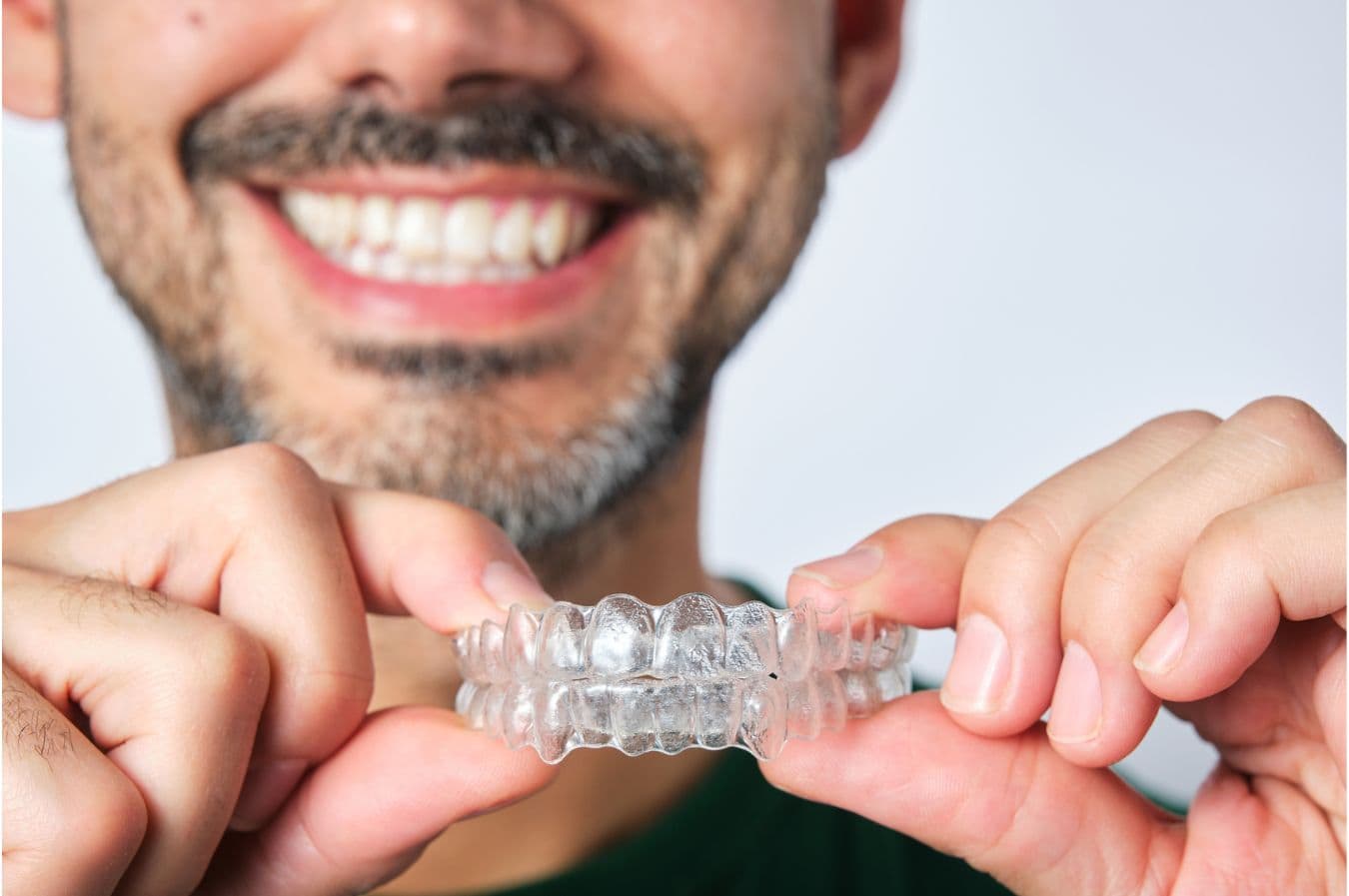Invisalign has quickly become one of the most popular choices for straightening teeth—and for good reason. The clear, removable aligners offer a discreet, flexible alternative to traditional braces, making them especially appealing to teens and adults in Nashville who want to improve their smile without interrupting their lifestyle.
But one of the most common questions from patients considering Invisalign is: “How long will it take?”
The answer depends on several factors, including the complexity of your case, how consistently you wear the aligners, and your individual smile goals. In this guide, we’ll break down what influences your Invisalign treatment timeline, what to expect at each stage, and how to get the best results as efficiently as possible.
Average Treatment Time for Invisalign
In general, most Invisalign treatments take 12 to 18 months to complete. However, this is only an average—some cases wrap up in as little as 6 months, while others may take up to 24 months or longer for more complex corrections.
The good news? Many people begin seeing noticeable changes in their smile within the first few weeks of wearing aligners.
Factors That Affect Invisalign Treatment Time
No two smiles are the same, and several elements can influence how long your Invisalign journey will take.
- Case complexity — Mild spacing or crowding may only need a few months of treatment, while issues like severe crowding, overbites, or crossbites require more time.
- Patient age — Teens often experience faster movement due to ongoing jaw growth. Adults may see slightly slower progress but equally effective results.
- Consistency of wear — Invisalign aligners should be worn for 20–22 hours per day. Removing them too often or forgetting to wear them can delay progress.
- Attachment use — Small tooth-colored buttons called attachments help guide aligner movement. More attachments can mean more complex (and often longer) treatment.
- Compliance with aligner changes — Most patients change to a new set of aligners every 1–2 weeks. Following this schedule as instructed is key to staying on track.
Typical Invisalign Timeline: What to Expect
Here’s what your Invisalign journey might look like, step-by-step:
1. Consultation and Treatment Planning (Week 0–2)
Your orthodontist will take digital scans of your teeth and use 3D modeling to map out your custom treatment plan. You’ll receive a preview of how your smile will look post-treatment, along with an estimated timeline.
2. First Aligners Delivered (Week 2–4)
Once your aligners are ready, you’ll receive your first sets and learn how to wear and care for them. Attachments may be placed at this visit to help with precise tooth movement.
3. Regular Aligner Changes (Week 4–Throughout Treatment)
You’ll switch to a new set of aligners every 1–2 weeks, gradually shifting your teeth into their new positions. Some orthodontists will give you several sets at a time, while others may have you return every few weeks for check-ins.
4. Progress Appointments (Every 6–8 Weeks)
You’ll return to your orthodontist every 6–8 weeks to monitor progress, make adjustments, and ensure everything is moving as planned. These appointments are usually quick and painless.
5. Final Aligners and Refinements (Last Few Weeks)
As you near the end of your aligner sets, your orthodontist may recommend refinement aligners to fine-tune small movements. This step adds a few more weeks but helps perfect your final results.
6. Retainers to Maintain Results (Post-Treatment)
After treatment, you’ll transition to a custom retainer—usually worn full-time for a few months, then nightly to maintain your new smile.
Invisalign vs. Braces: Is It Faster?
Invisalign and braces often have similar treatment timelines, especially for mild to moderate cases. However, Invisalign can sometimes be faster due to the customized nature of aligner trays and digital treatment planning.
That said, compliance is key—Invisalign only works when it’s worn as directed. Braces are always working, so they may be a better option for patients who struggle with consistency.
Tips for Staying on Track with Invisalign
Want to keep your Invisalign timeline as short and efficient as possible? Here’s how to make it happen:
- Wear aligners 20–22 hours a day — Only remove them to eat, drink (anything besides water), brush, and floss.
- Follow your change schedule — Move to your next set of aligners on time.
- Keep them clean — Rinse and brush your aligners daily to prevent buildup.
- Store them properly — Always use the case to avoid damage or loss.
- Attend all checkups — Regular visits help monitor progress and catch issues early.
Staying consistent is the best way to get beautiful results—on time.
When Should You See an Orthodontist?
If you’re considering Invisalign for yourself or a family member, the best place to start is a consultation with an experienced orthodontist. They’ll evaluate your bite, discuss your goals, and create a personalized treatment plan with a clear timeline and cost breakdown.
Even if you’re unsure whether Invisalign is right for you, a professional assessment can offer clarity and confidence about your next steps.
Start Your Invisalign Journey in Nashville
If you’re ready to transform your smile with a treatment that fits your lifestyle, Invisalign could be the perfect choice. At Avenue South Orthodontics in Nashville, we combine advanced clear aligner technology with personalized, expert care to deliver beautiful results—on your schedule.
Schedule your complimentary consultation today and find out how soon you could be smiling with confidence.
